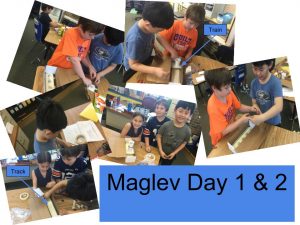Controlled
My controlled plant has lots of pods, each stem has 4 leaves, the tallest is 5 inches while the shortest is 4 1/2 inches off the ground. It has grown and gotten many more pods since my second blog post. I think there are 3 – 4 seeds in my plants pods.
Manipulated
We did was manipulate the light. Sadly, my manipulated plant has died. What we did was manipulate the light. So my group threw it into the trash. It died looking yellow with very light brown colored soil.
What I Learned
I learned about photosynthesis. Photosynthesis is…
water + air/co2 + sunlight = glucose
I also learned about pollination. Pollination is when a bug or wind carries pollen from one flower to another. It creates a seed.
Another thing I learned that the stem carries water and nutrients to the rest of the plant, the roots collect water and minerals for the rest of the plant. And that the leaves collect co2.






